
PLA Film: The Eco-Friendly Revolution in Sustainable Packaging
2025-07-03 17:09Polylactic acid (PLA) film, derived from renewable resources like corn starch or sugarcane, represents a transformative shift in the packaging industry. As a biodegradable and compostable alternative to petroleum-based plastics, PLA film addresses growing environmental concerns while offering versatile functionality. Its unique combination of transparency, mechanical strength, and eco-friendly credentials makes it a preferred choice across industries, from food packaging to medical applications. This article delves into the characteristics of PLA film, explores its diverse applications, and highlights its role in shaping a sustainable future, supported by technical insights and real-world examples.
Characteristics of PLA Film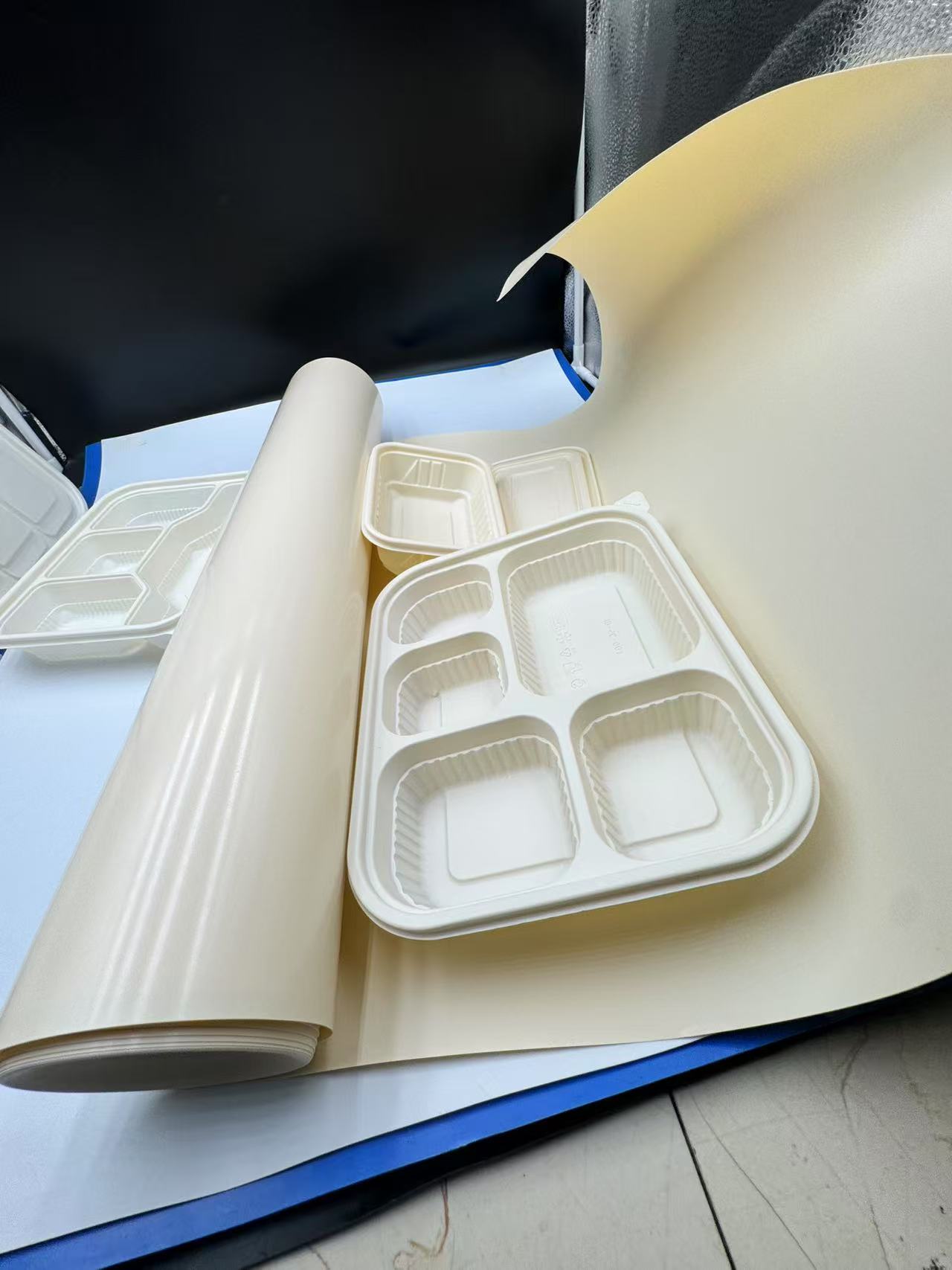
1. Biodegradability and Compostability
PLA film’s defining feature is its biodegradability, making it a frontrunner in sustainable materials. Derived from lactic acid monomers through fermentation of plant-based sugars, PLA film decomposes into water, carbon dioxide, and organic matter under industrial composting conditions (typically 60°C and high humidity). According to ASTM D6400 and EN 13432 standards, PLA film achieves 90% biodegradation within 90 days in industrial compost facilities, leaving no toxic residues. Unlike traditional plastics like polyethylene, which persist for centuries, PLA film offers an environmentally responsible end-of-life solution. For instance, a PLA film used for food packaging can fully decompose in a commercial composting facility, reducing landfill waste.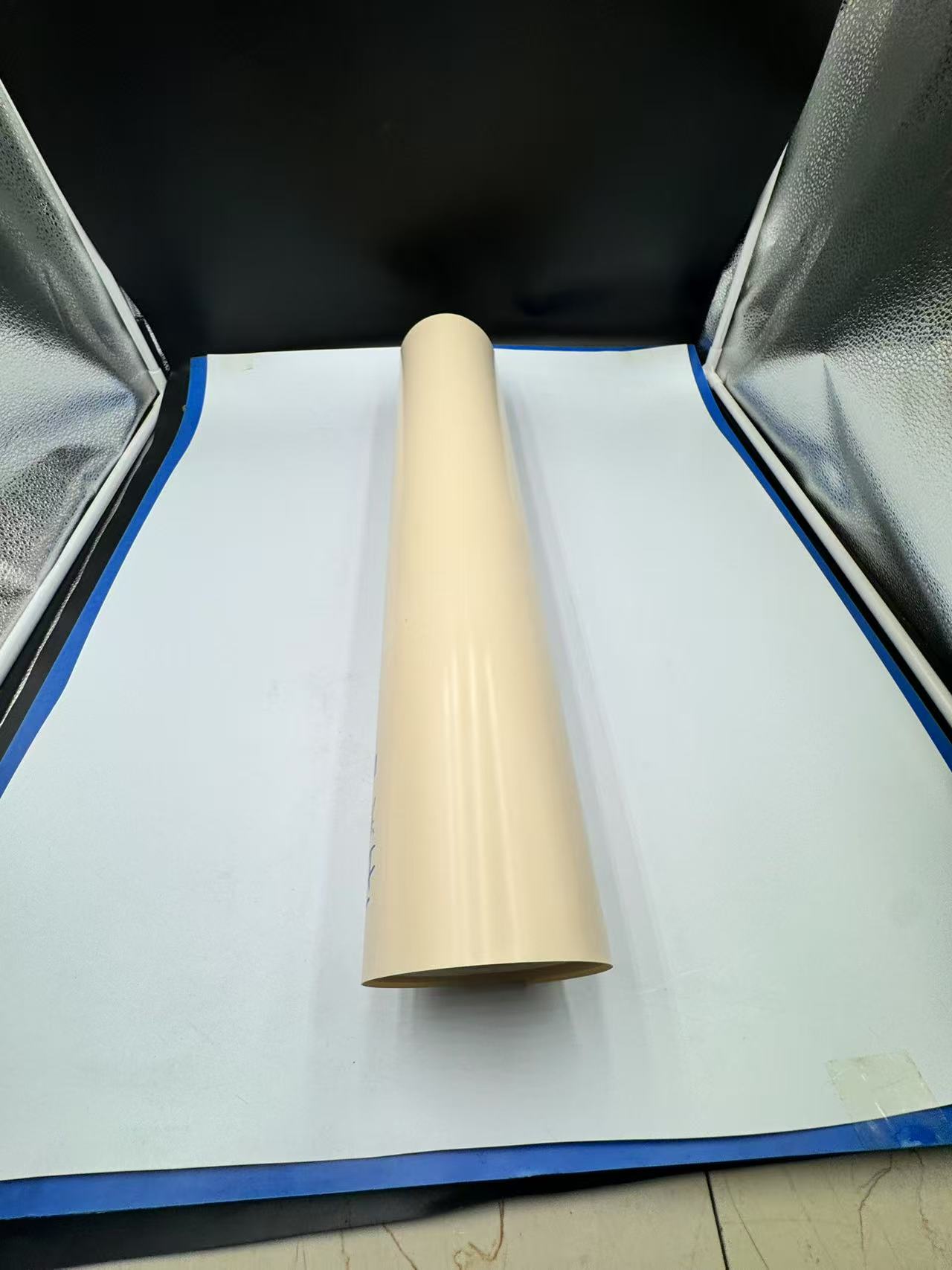
2. Transparency and Aesthetic Appeal
PLA film boasts excellent clarity, rivaling that of petroleum-based films like PET or PVC. Its high transparency enhances product visibility, making it ideal for consumer-facing applications where visual appeal is critical. For example, a PLA film wrap around a fresh salad allows consumers to inspect the contents for freshness, boosting confidence in the product. The film’s glossy finish and printability also make it suitable for branding, with vibrant logos and designs standing out on retail shelves. Studies indicate that PLA film maintains optical clarity with a haze value of less than 5%, comparable to PET, ensuring premium presentation.
3. Moderate Barrier Properties
While PLA film offers decent barrier properties against oxygen and grease, its performance is lower than that of synthetic polymers like PVDC. PLA film typically exhibits an oxygen transmission rate (OTR) of 200–400 cc/m²/day and a water vapor transmission rate (WVTR) of 100–200 g/m²/day, depending on thickness and processing conditions. These values are sufficient for short-shelf-life products like fresh produce but less effective for moisture-sensitive goods. Innovations, such as coating PLA film with bio-based waxes or nanocellulose, have improved its barrier properties, reducing WVTR to as low as 50 g/m²/day in some cases, making it viable for broader applications.
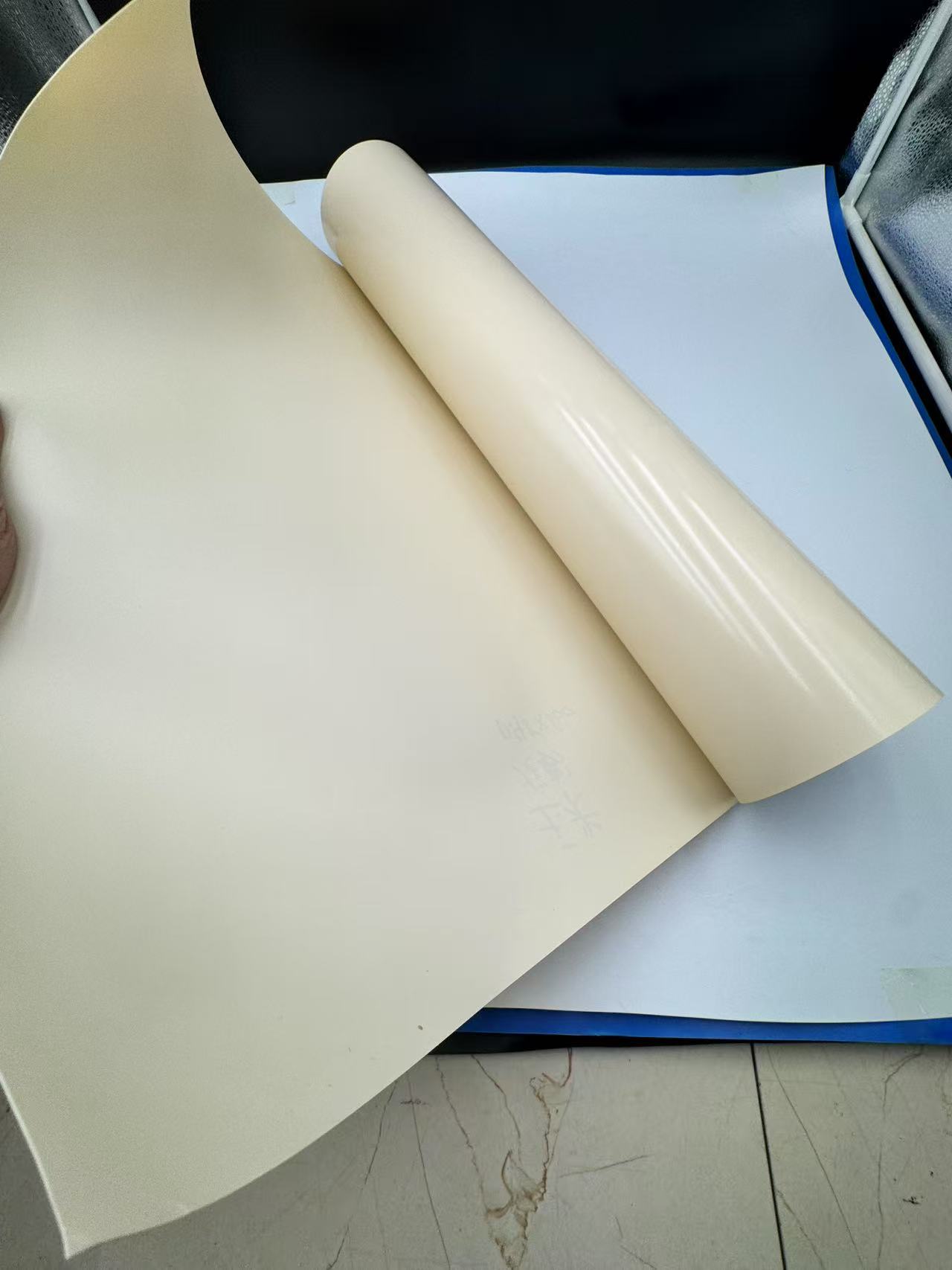
4. Mechanical Strength and Processability
PLA film combines flexibility with sufficient tensile strength, typically ranging from 50–70 MPa, making it suitable for applications like shrink wraps and bags. Its ability to be thermoformed, extruded, or blown into films allows for versatile manufacturing processes. However, PLA film is more brittle than PET or PP, with an elongation at break of 5–10% compared to 50–100% for PET. To overcome this, manufacturers blend PLA with bio-based plasticizers, such as glycerol, to enhance flexibility for applications like stretch films. For example, a PLA film used in bakery packaging can be molded into trays that hold their shape while remaining compostable.
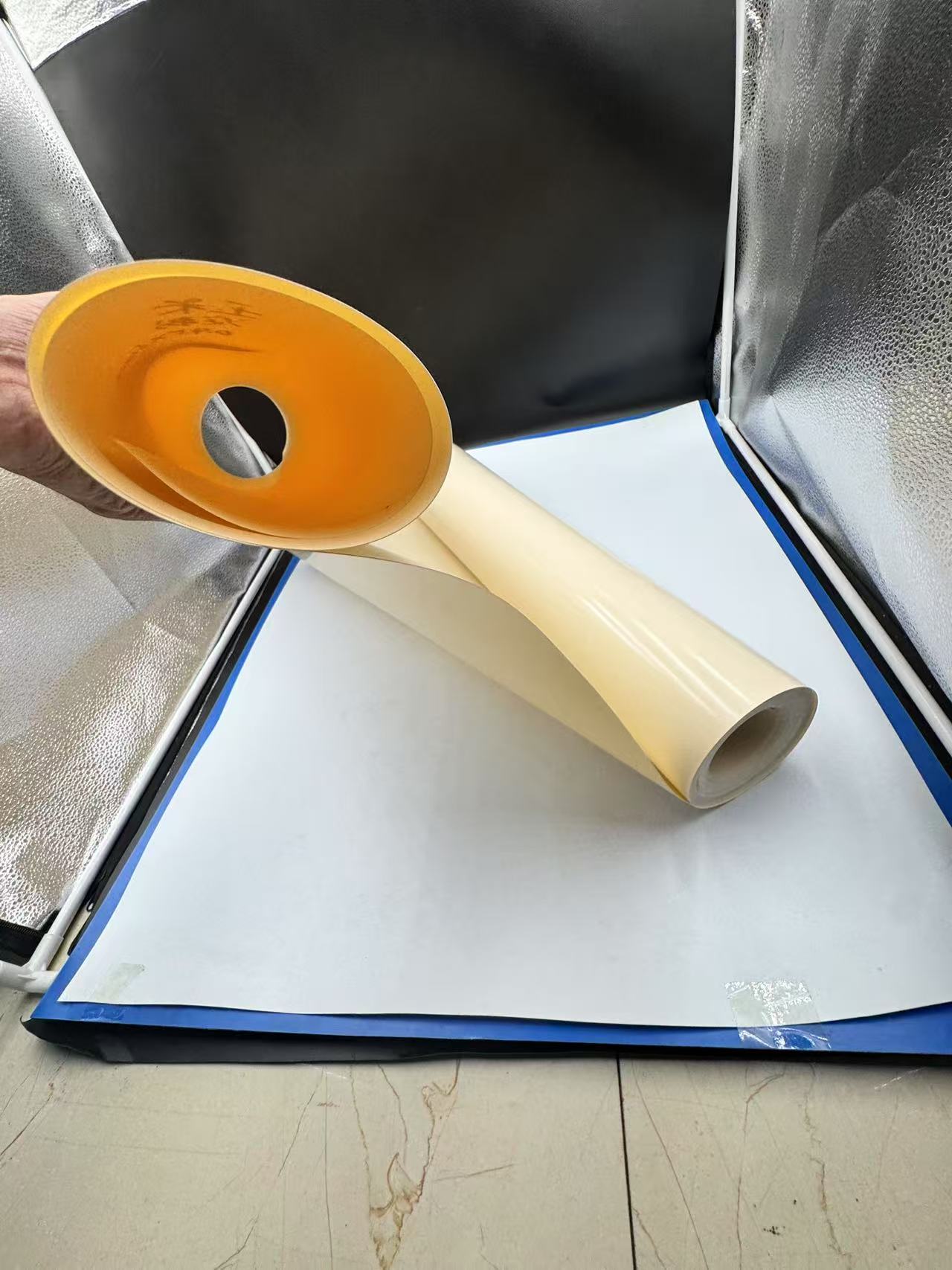
5. Thermal and Chemical Properties
PLA film has a relatively low glass transition temperature (55–60°C), which limits its use in high-temperature applications like hot-fill packaging. However, advancements in PLA formulations, such as high-heat PLA (HH-PLA), have raised the heat deflection temperature to 100°C, expanding its utility. Chemically, PLA film resists oils and fats, making it suitable for greasy foods like pastries. Its biocompatibility also ensures safety for food contact and medical applications, meeting FDA and EU regulations for direct food contact (e.g., EC 1935/2004). For instance, PLA film used in coffee pod packaging withstands exposure to oils without degrading, ensuring product integrity.
Applications of PLA Film
1. Food Packaging
The food industry is a primary adopter of PLA film, driven by consumer demand for sustainable packaging. PLA film is widely used for fresh produce, bakery goods, and snacks, where its biodegradability and transparency shine. For example, PLA film trays for strawberries protect the fruit from physical damage while allowing consumers to see its vibrant color. Its grease resistance makes it ideal for wrapping sandwiches or pastries, as seen in eco-conscious cafes. In modified atmosphere packaging (MAP), PLA film extends the shelf life of salads by controlling oxygen levels, typically maintaining freshness for 7–10 days. Companies like NatureWorks, a leading PLA producer, report that their Ingeo™ PLA films reduce carbon footprints by up to 50% compared to PET, appealing to environmentally aware brands.
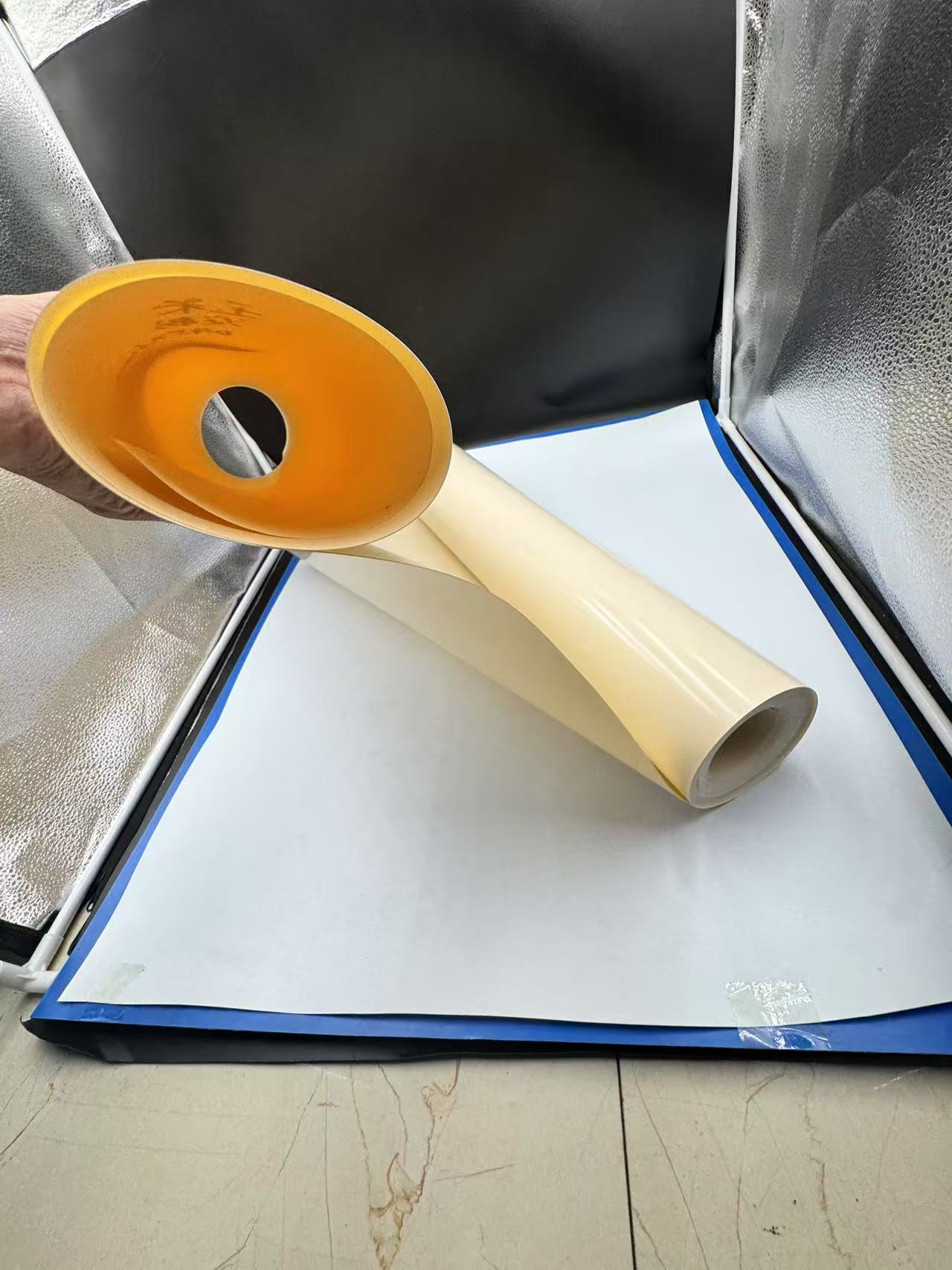
A notable case is the use of PLA film in single-use coffee capsules. Brands like Nespresso have explored PLA-based pods that decompose in industrial composters, addressing the environmental impact of traditional aluminum pods. These pods maintain structural integrity during brewing while offering a sustainable disposal option.
2. Agricultural Mulch Films
In agriculture, PLA film serves as a biodegradable mulch film, replacing polyethylene films that contribute to plastic pollution. PLA mulch films regulate soil temperature, retain moisture, and suppress weeds, benefiting crops like tomatoes and strawberries. After harvest, these films break down in the soil, eliminating the need for labor-intensive removal. Studies show that PLA mulch films degrade 80% within 6–12 months in soil with adequate microbial activity, reducing environmental impact. For example, farmers in Europe have adopted PLA films to comply with EU regulations on plastic waste, achieving both productivity and sustainability.
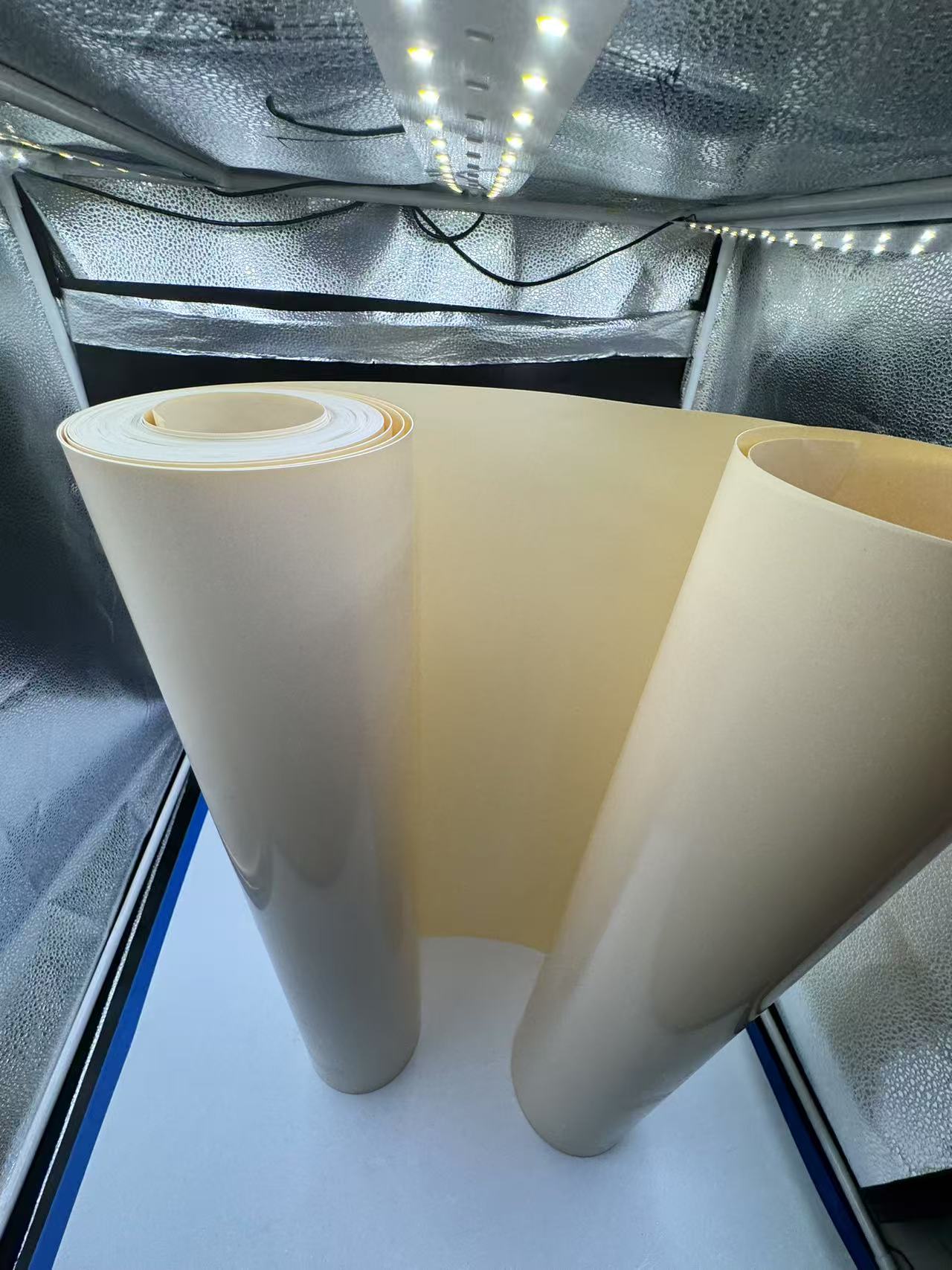
3. Medical and Pharmaceutical Packaging
PLA film’s biocompatibility and biodegradability make it suitable for medical applications, such as disposable sutures, wound dressings, and drug delivery systems. Its transparency allows for visual inspection of sterile products, ensuring safety. For instance, PLA film is used in blister packs for dissolvable medical strips, where its moderate barrier properties protect against moisture while its compostability aligns with green healthcare initiatives. Research from the Journal of Applied Polymer Science (2023) highlights PLA’s low cytotoxicity, making it safe for direct contact with human tissue, as seen in surgical mesh packaging.
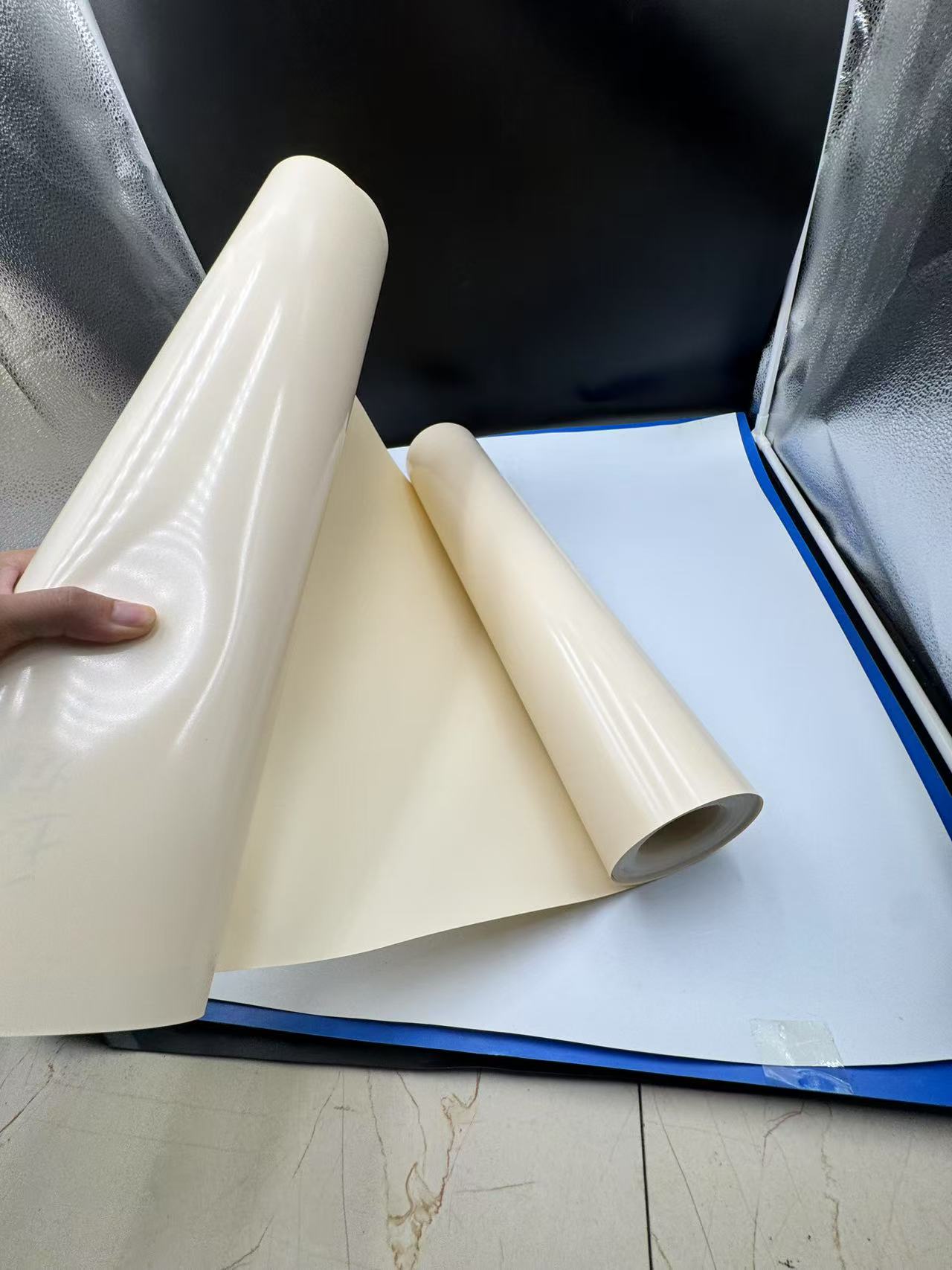
4. Consumer Goods and Retail Packaging
PLA film is increasingly used in retail for bags, shrink wraps, and labels, driven by consumer preference for eco-friendly products. Retail giants like Walmart have adopted PLA film for gift card packaging, reducing their reliance on non-recyclable plastics. The film’s printability allows for vibrant designs, enhancing brand visibility. For example, a PLA shrink wrap around a cosmetic bottle not only showcases the product but also communicates a brand’s sustainability commitment. In e-commerce, PLA film is used for compostable mailers, offering a greener alternative to polyethylene bags.
5. Industrial and Specialty Applications
Beyond packaging, PLA film finds niche applications in industries like textiles and 3D printing. In textiles, PLA film is used as a backing for biodegradable nonwovens, such as eco-friendly diapers. In 3D printing, PLA filaments, a form of extruded PLA film, are popular for their ease of use and low environmental impact. Additionally, PLA film is explored in electronics for biodegradable substrates in flexible circuits, supporting the push for green technology. For instance, a 2024 study in *Advanced Materials* demonstrated PLA film’s potential in compostable sensors, opening new avenues for sustainable electronics.
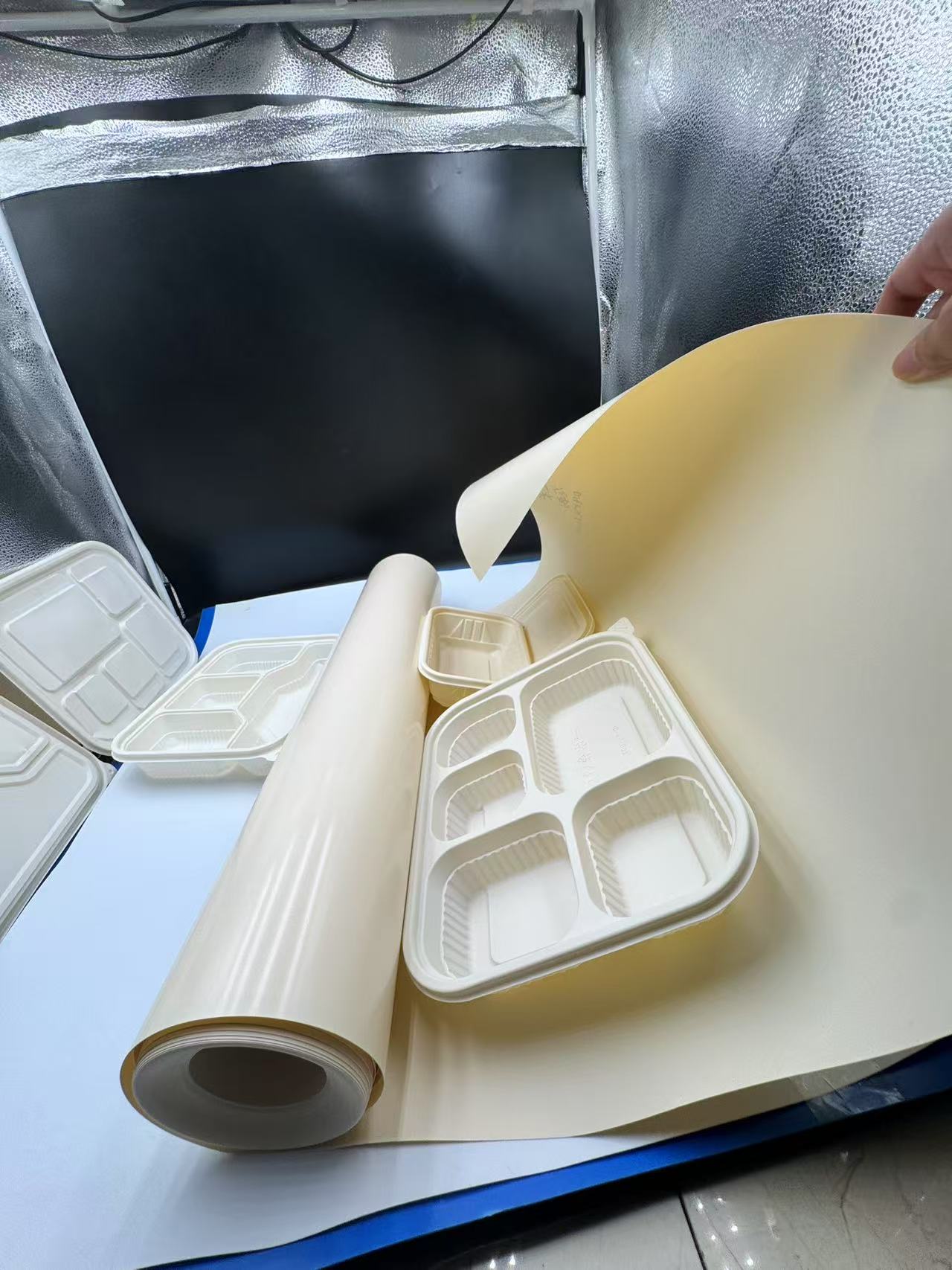
Challenges and Future Directions
Despite its advantages, PLA film faces challenges that limit its widespread adoption. Its moderate barrier properties restrict its use for long-shelf-life products, requiring innovations like bio-based coatings to compete with synthetic films. The low heat resistance of standard PLA limits its application in hot environments, though HH-PLA developments are addressing this. Cost is another hurdle; PLA film is 20–30% more expensive than PET or PP, with production costs around $2–3/kg compared to $1.5–2/kg for PET. Additionally, PLA’s compostability requires industrial facilities, which are not universally available, leading to confusion among consumers about disposal.
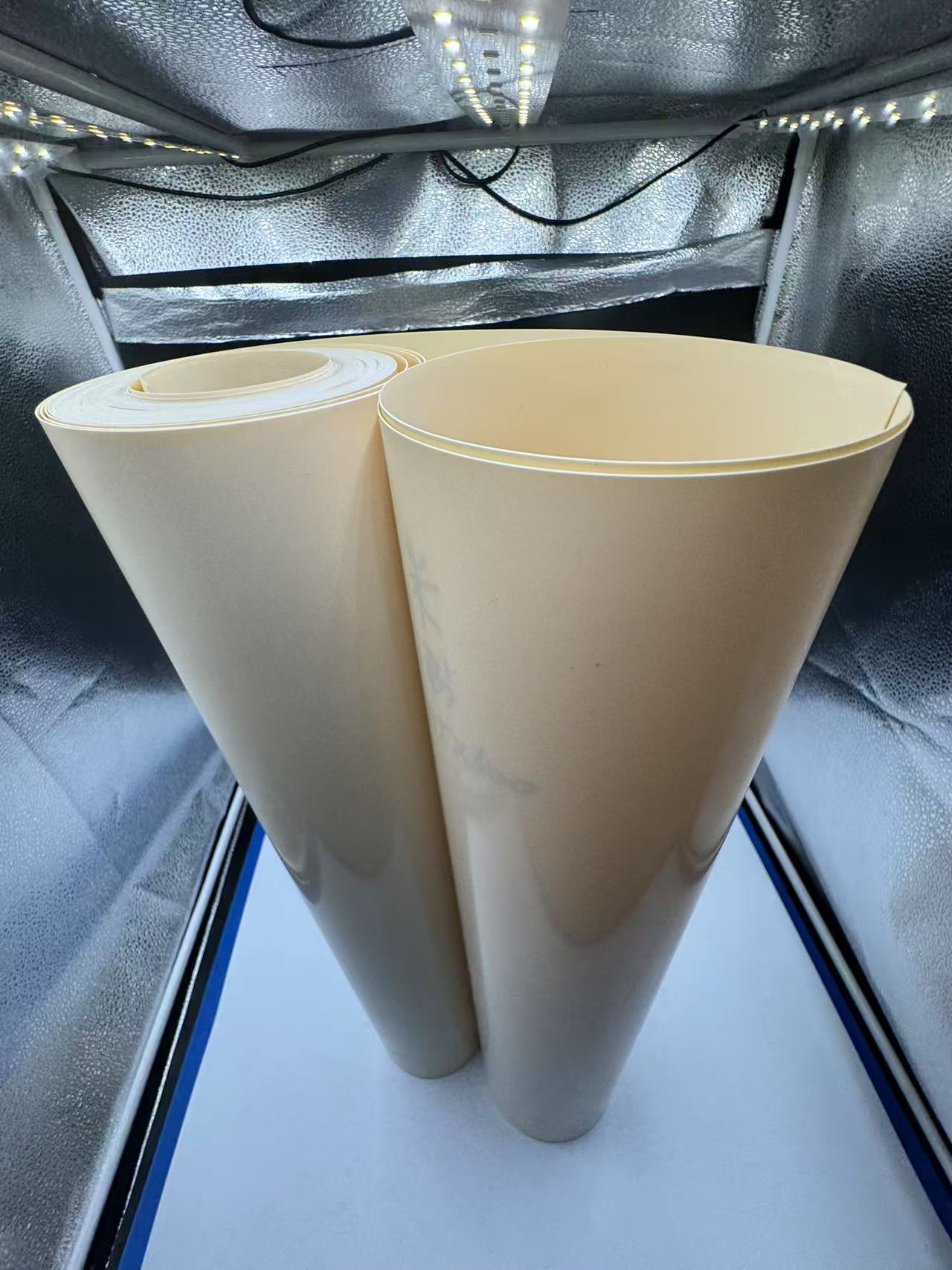
Future advancements aim to overcome these challenges. Researchers are developing multilayer PLA films with enhanced barrier properties, such as PLA/PBAT blends, which improve flexibility and moisture resistance. Innovations in fermentation processes are reducing production costs, with companies like TotalEnergies Corbion targeting a 10% cost reduction by 2027. Additionally, efforts to improve home compostability, such as enzyme-enhanced PLA, could make disposal more accessible. These advancements ensure PLA film remains competitive in a market increasingly driven by sustainability.
